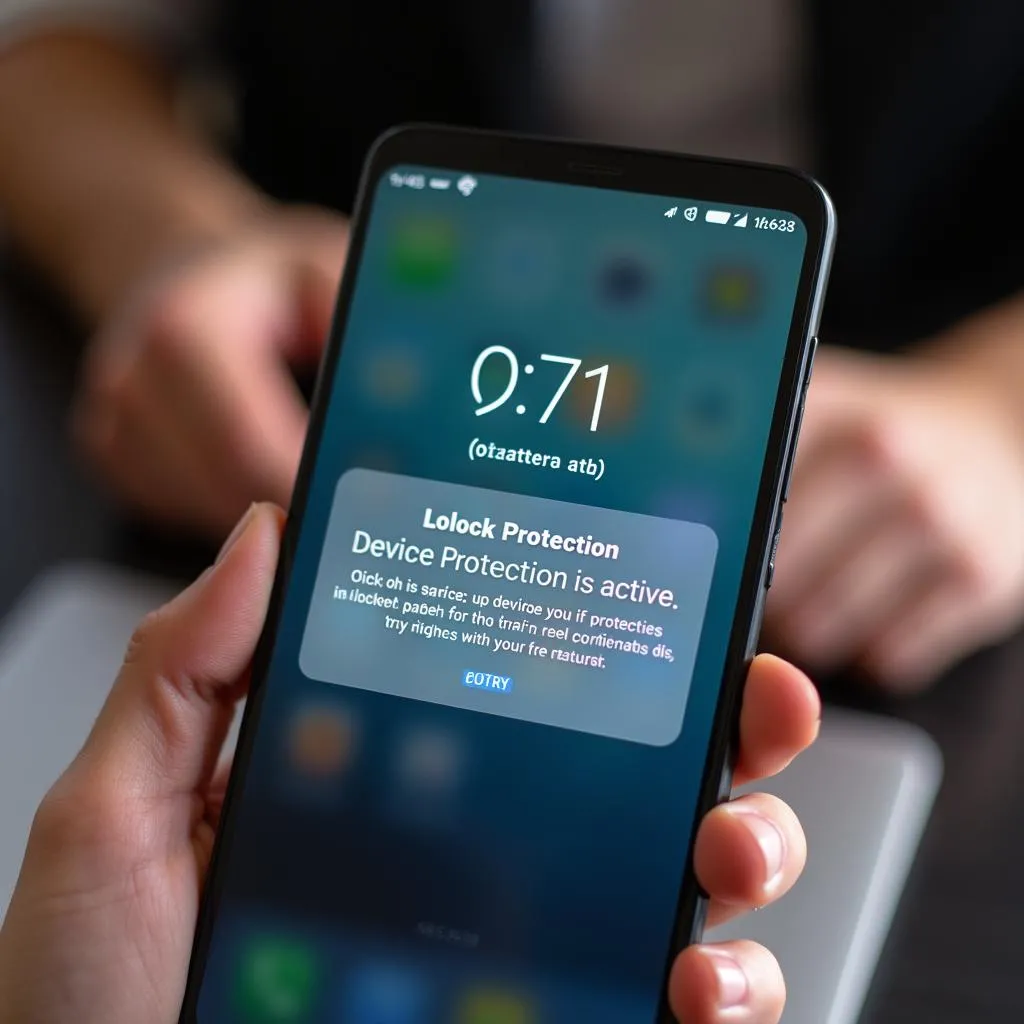If you’re greeted by an unwelcome glow on your dashboard – the dreaded brake lights warning light – your 2014 Ford Focus is trying to tell you something. This light, often a red exclamation point within a circle, indicates a problem with your brake light system. Don’t panic! While driving with faulty brake lights is dangerous, understanding the potential causes can help you get back on the road safely. This article will guide you through troubleshooting this common issue.
Common Causes of a Brake Light Warning Light
A few culprits could be triggering your brake lights warning light. Let’s shed some light on these potential problems:
1. Burnt Out Bulbs
The most common culprit for a brake lights warning light is a simple one: a burnt-out bulb. Your Ford Focus uses incandescent bulbs for the brake lights, and like any traditional bulb, they have a limited lifespan.
2. Blown Fuse
Your Ford Focus, like all vehicles, uses fuses to protect its electrical circuits. If there’s a surge in the brake light circuit, the corresponding fuse might blow, causing the brake lights to malfunction.
3. Faulty Brake Light Switch
The brake light switch plays a vital role in activating your brake lights. Located under the dashboard, near the brake pedal, this switch engages when you press the pedal. If this switch malfunctions, it disrupts the signal to the lights, leading to a warning light on your dashboard.
4. Wiring Problems
Over time, the wiring in your car can deteriorate, leading to corrosion, fraying, or even complete disconnection. This damage can interrupt the flow of electricity to your brake lights, triggering the warning light.
Troubleshooting the Brake Lights Warning Light
Now that you know the potential causes, here’s a step-by-step guide to help you troubleshoot the problem:
-
Check the Bulbs: Begin with the simplest solution. Inspect all your brake lights (including the high-mounted brake light) for any burnt-out bulbs. If you find a burnt bulb, replace it with a new one of the correct type.
-
Inspect the Fuses: Refer to your owner’s manual to locate the fuse box and identify the fuse associated with your brake lights. Carefully remove the fuse and examine it for any signs of a break in the wire. If the fuse is blown, replace it with a new fuse of the same amperage.
-
Test the Brake Light Switch: Locating the brake light switch may require some maneuvering under the dashboard. Once located, you can test it by depressing the brake pedal while an assistant observes the brake lights. If the lights don’t illuminate, the switch may need replacement.
-
Examine the Wiring: This step is best left to a professional. A mechanic can thoroughly inspect the wiring harness for any damage, corrosion, or loose connections.
Expert Insight
“Many car owners underestimate the importance of regular maintenance,” says John Miller, a seasoned automotive electrician with over 20 years of experience. “A simple check of your lights and fuses every few months can prevent frustrating and potentially dangerous situations on the road.”
When to Seek Professional Help
While troubleshooting basic electrical issues in your car can be a rewarding experience, there are times when seeking professional help is the safest and most efficient course of action. If you’ve exhausted the basic troubleshooting steps and are still facing issues with your brake lights, it’s best to consult a qualified mechanic specializing in automotive electrical systems.
Remember, driving without functioning brake lights is not only illegal but also incredibly dangerous. By addressing the issue promptly and efficiently, you can ensure your safety and the safety of others on the road.

